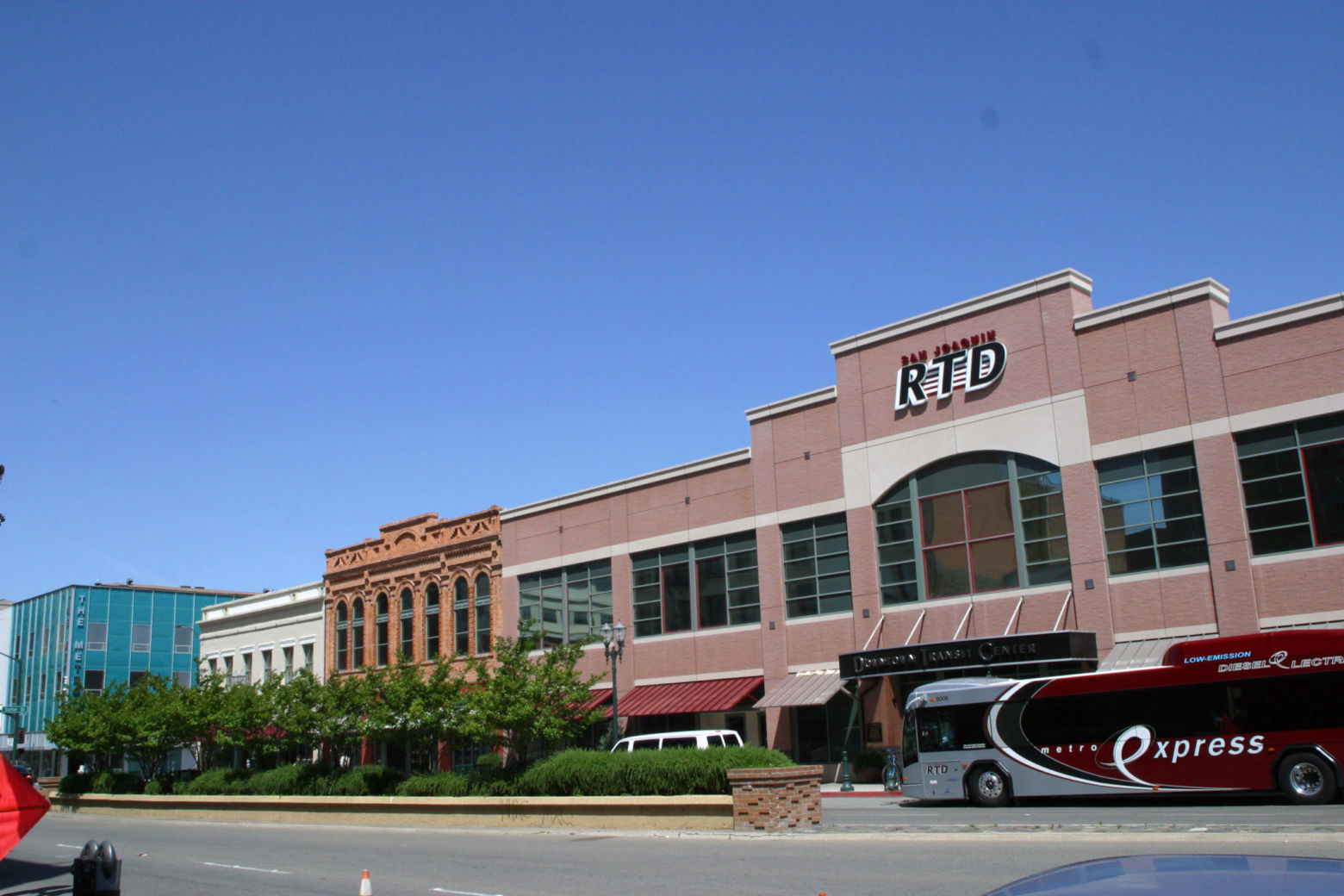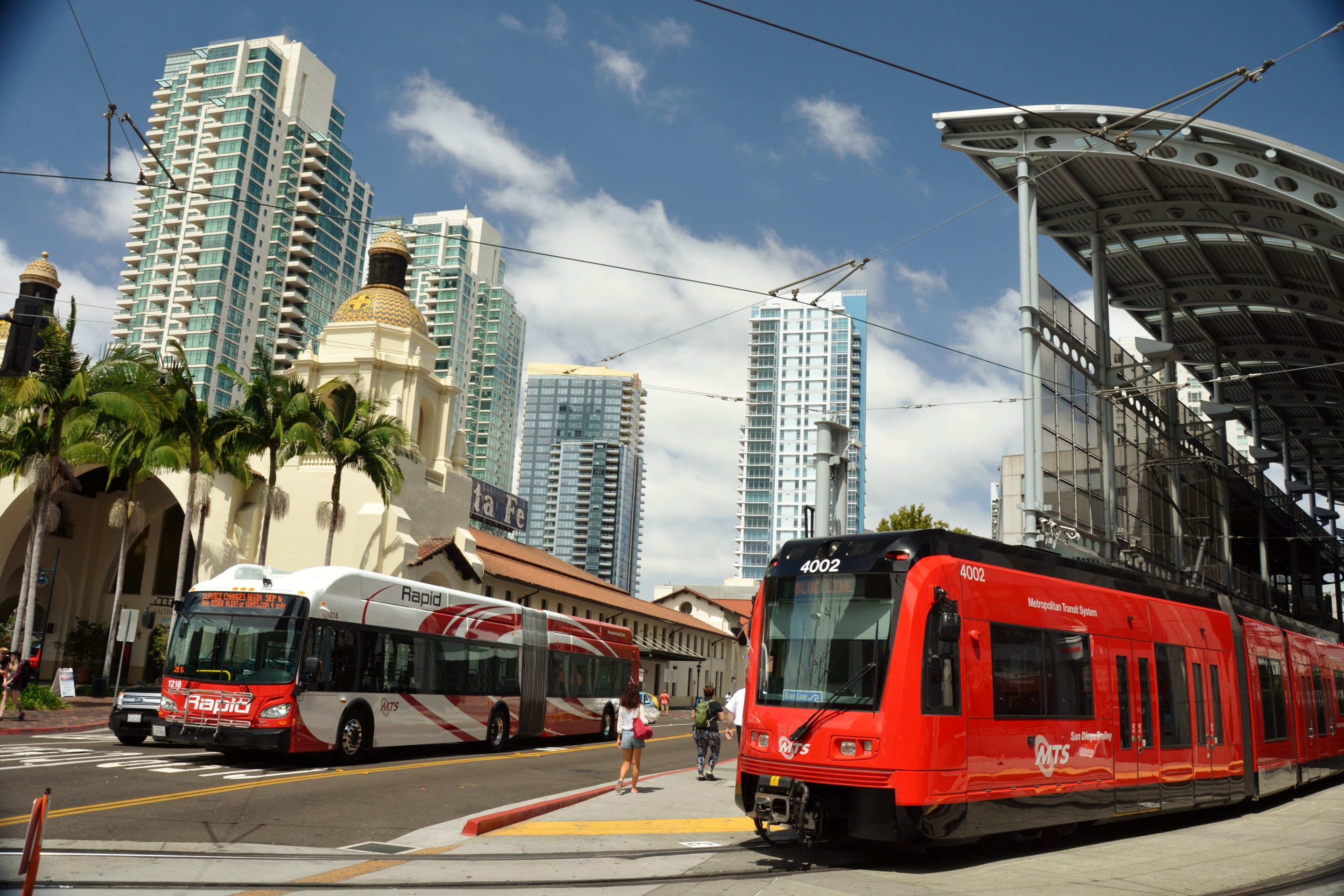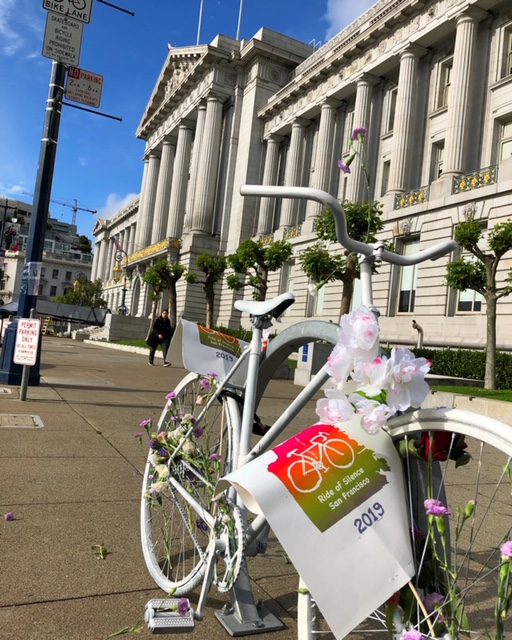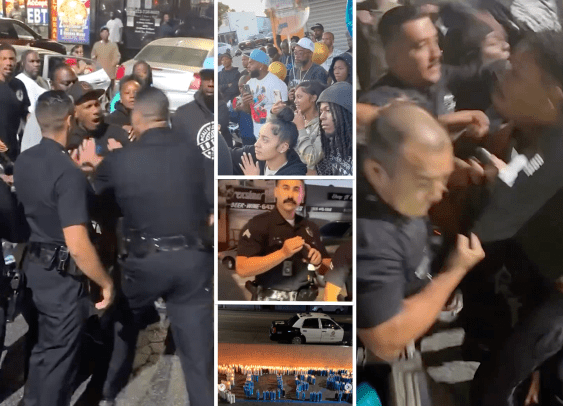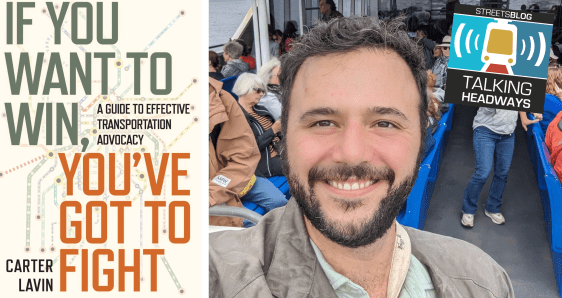The state’s Transit Transformation Task Force recently met for the final time. The two-year TTTF process was charged with producing recommendations - for the legislature and governor - on developing policy reforms aimed at growing transit ridership, improving the rider experience, and addressing long-term operational and funding challenges. The Task Force was mandated by legislation passed by the Legislature and signed into law in 2023.
In the end, the Task Force recommended that the state find new ways to raise money for transit across California and that greater coordination is needed to make the riding experience seamless for people who rely on multiple agencies.
If you think this sounds more like a starting point than an ending one, you’re not alone.
“I think the Task Force both failed to meet the objectives that were given to it by the Legislature and has started a longer-term process to transform transit in California that will involve the Legislature, executive branch, regional agencies, and transit operators,” said Juan Matute, Deputy Director of the UCLA Institute of Transportation Studies.
“No one I’ve spoken with thinks this process is finished.”
What Was the TTTF?
The Transit Transformation Task Force was a statewide panel created by Senate Bill 125 (SB 125) in 2023 to develop strategies for revitalizing and modernizing public transit across California.
The Task Force was established in response to declining ridership and financial instability at many transit agencies—problems worsened by the COVID-19 pandemic. Its mission was to identify both short- and long-term reforms to make transit more efficient, equitable, and financially sustainable.
The California State Transportation Agency (CalSTA) convened the 25-member Task Force, which included representatives from transit agencies, local governments, labor unions, environmental organizations, business groups, and rider advocates. It was charged with examining issues such as service coordination, governance, fare integration, funding, and performance standards.
The Last Meeting
On September 30, the TTTF met for the final time (agenda, video) and was expected to approve a series of recommendations to be included in its report to the Legislature. However, no formal recommendations were prepared by staff, despite prior direction from the Task Force and hundreds of public comments emphasizing the need for a predictable, statewide funding source for transit operations.
In a letter signed by Circulate San Diego, Seamless Bay Area, Streets for All, and five other advocacy groups, members urged the Task Force to recommend creating a dedicated funding stream for transit, reforming capital project requirements to reduce costs and shorten timelines, and requiring fare and service integration for transit agencies with adjacent or overlapping service areas.
Below, Streetsblog will report on and evaluate the discussions and votes on funding reccomendations and inter-agency cooperation. In the days before the meeting, Adina Levin with Seamless Bay Area wrote about reforms to how the state delivers capital programs at the Seamless Bay Area blog days before the September meeting.

Debate on Funding Recommendations
Given the broad support for a dedicated funding stream, Task Force member Laurel Paget-Seekins, representing Public Advocates, introduced two recommendations of her own: that the Legislature explore multiple options to adequately fund transit and that a “per-mile” tax be considered for electric vehicles that don’t pay gas taxes.
Paget-Seekins’ motions became the starting point for debate and discussion. Other ideas included raising the state sales tax, creating a high-earners’ tax (similar to one in Massachusetts), passing laws to make it easier for counties and municipalities to redirect existing revenues to support transit, and determining whether the state should focus new funding solely on operations or create separate streams for both operations and capital improvements.
Throughout the meeting, board members expressed frustration that the full discussion of funding options had been delayed until the final session and that CalSTA staff had not prepared motions in advance.
“We’re all being put in a bad position,” said Alix Bockelman, Chief Deputy Executive Director of the Bay Area’s Metropolitan Transportation Commission. “We wanted to talk about this back in April—and at every meeting since.”
In the end, the Task Force passed a pair of motions directly addressing the need for new transit funding statewide. The first, authored by Michael Pimentel of the California Transit Association and similar to one introduced by Paget-Seekins, called on the Legislature to identify new funding sources for transit operations.
The second, introduced by Ian Griffiths, Policy Director of Seamless Bay Area, called for new legislation allowing local and regional ballot measures to fund transit without requiring prior authorization from the Legislature.
Full text of both motions can be found at the end of this article.
“It was at the 11th hour, but the Task Force passed critical recommendations for new state transit revenue,” wrote Paget-Seekins in an email to Streetsblog.
“We also voted to recommend that when California develops new revenue mechanisms to replace the gas tax, those funds can support transit service—not just infrastructure.”
Votes on Inter-Agency Cooperation Fail as the Clock Runs Out
Following votes on related issues—including matching federal funding and allowing agencies to use air rights over stations for development—the discussion moved to improving the experience of riders who depend on more than one transit service.
However, because a majority of all Task Force members (not just those present or voting) had to vote “aye” for a motion to pass, no proposals on inter-agency coordination were able to advance before time ran out.
Next Steps
CalSTA will present the final report, and public comment, to the legislature next month. Theoretically, the report will guide the creation of new legislation to improve transit throughout the state in future sessions.
But the report is also a starting point for advocates as they push elected officials to do more for transit in the coming years.
“These recommendations are essential building blocks,” continued Paget-Seekins when discussing the task force’s work on transit funding. “…but the real work begins now. I'm committed to mobilizing with partners across California to transform these recommendations into legislative action and deliver the expanded, reliable transit service our communities need to meet our climate commitments and advance transportation equity."
Full Text of Pimentel Motion passed by Task Force
Implement new state funding mechanisms to stabilize transit agencies in the near term, increate and enhance transit service in the mid-term, and deliver transit service and delivers transit service that aligns with the goals of the report over the long-term. To implement this recommendation, the legislature should consider the multiple new revenue sources identified in the report for transit operations in order to increase usage of transit service.
Full Text of Griffiths Motion
Consider additional flexibility in the ability for transit agencies regions or voters to place measures on the ballot, by allowing transit agencies and regions to have authority to place measures on the ballot for portions of their service areas, or entire service area, similar to how cities can place sales tax on the ballot without enabling legislation.


